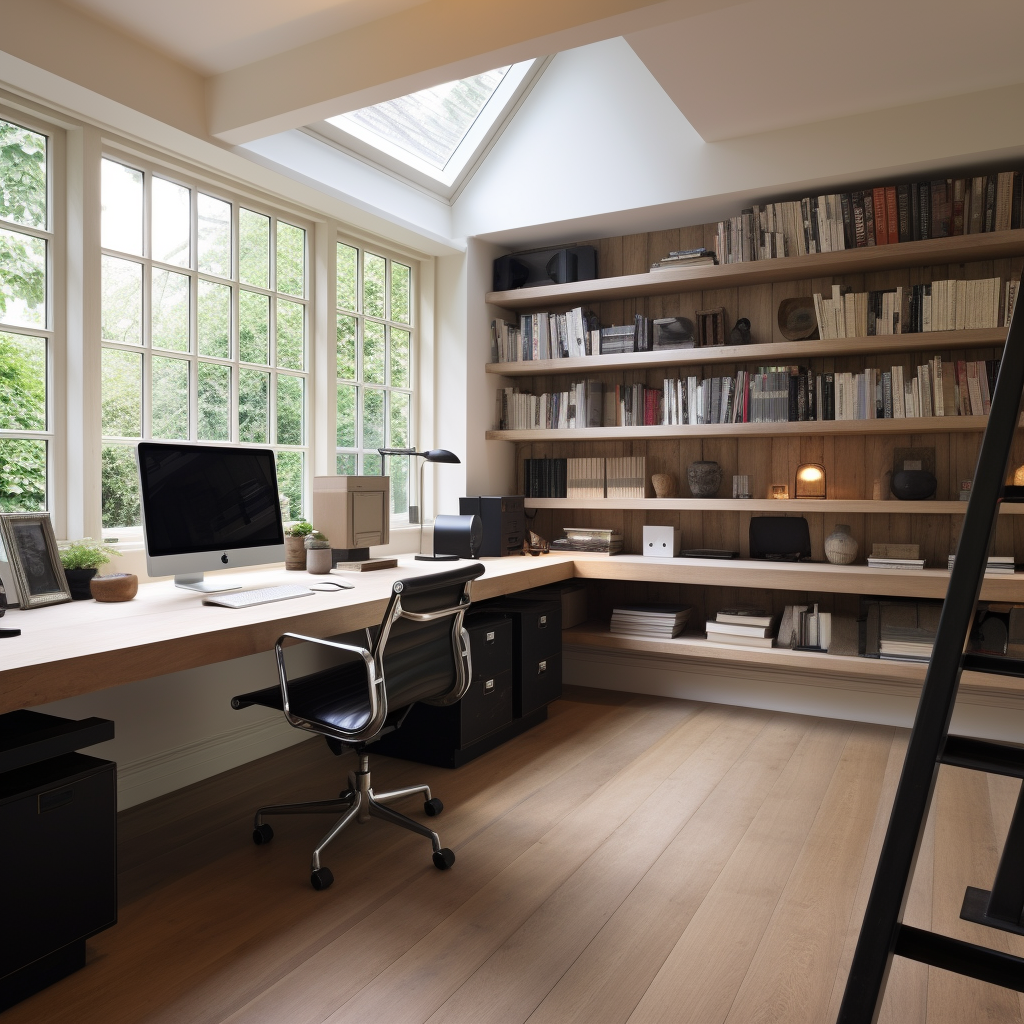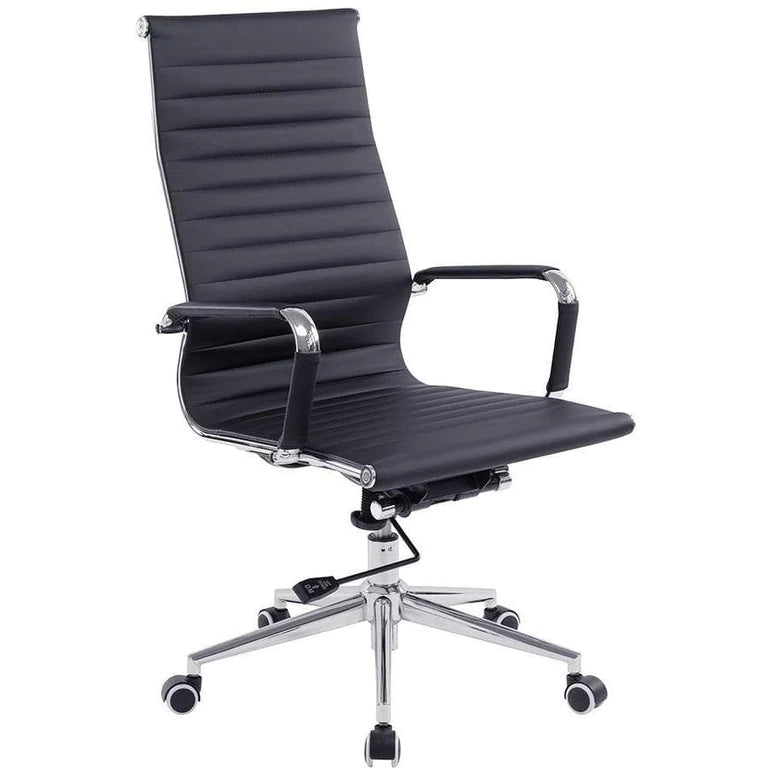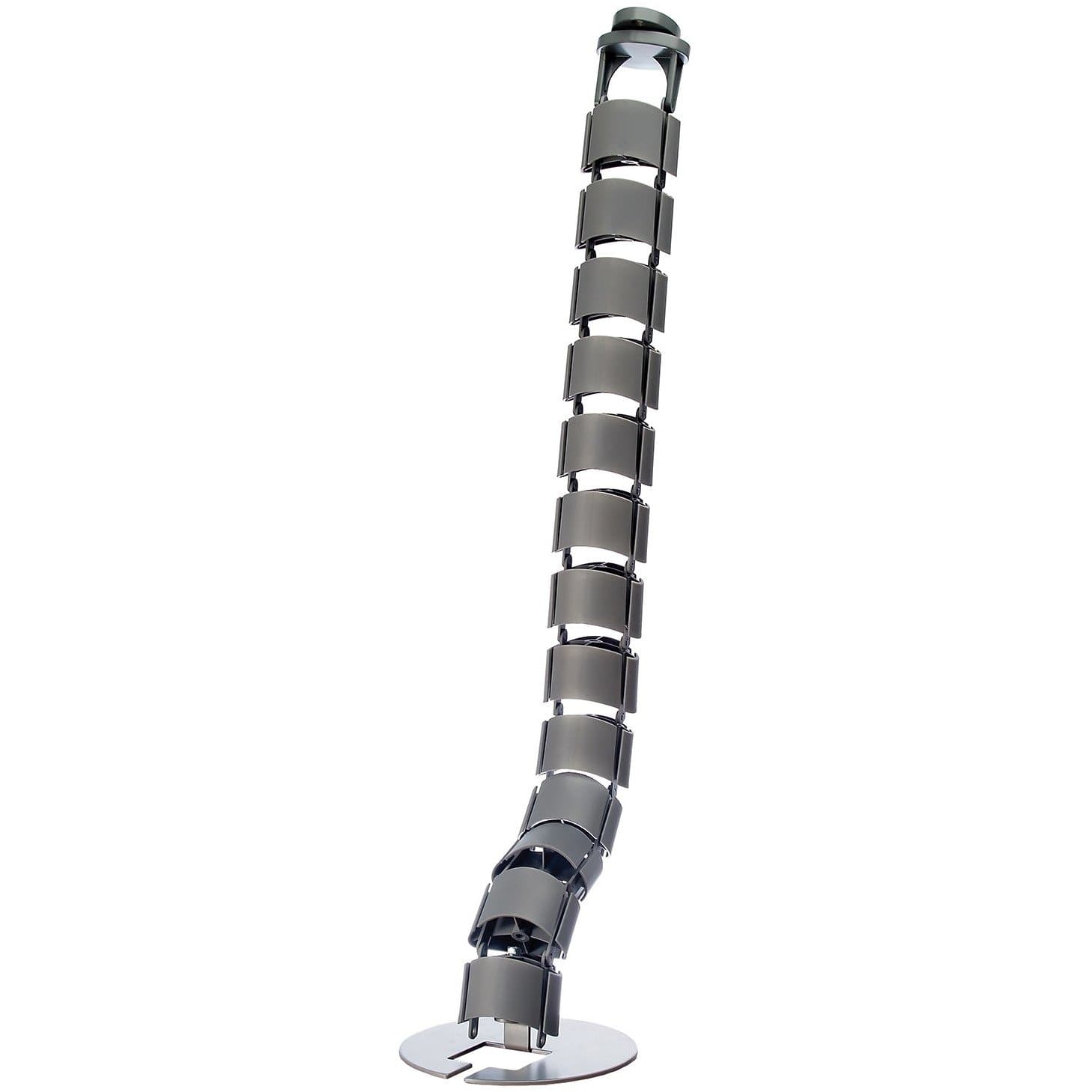
A1 Office Furniture
Blogs
How to Create an Ergonomic Office Setup with the Right Furniture
How to Create an Ergonomic Office Setup with the Right Furniture

Creating an ergonomic office setup is crucial for maintaining good health and productivity. Ergonomics, the science of designing a workspace to fit the user's needs, aims to minimize discomfort and the risk of injury. This article provides guidance on selecting the right furniture to achieve an ergonomic office environment.
1. Ergonomic Chair: The Foundation of Your Office
- Adjustability: Look for a chair with adjustable height, armrests, and backrest to ensure it can be tailored to your body dimensions.
- Lumbar Support: A chair with good lower back support is essential to prevent back pain.
- Material: Choose a chair with breathable fabric to remain comfortable during long sitting periods.
2. Desk: Your Work Surface
- Height-Adjustable Desks: Consider a standing desk or one that can switch between sitting and standing heights to promote movement.
- Desk Space: Ensure ample space for your computer, documents, and any other tools you need, reducing clutter and strain.
3. Monitor Positioning: Protecting Your Eyes and Neck
- Eye Level: The top of your monitor should be at or slightly below eye level to avoid neck strain.
- Distance: Position your monitor about an arm's length away to reduce eye strain.
4. Keyboard and Mouse: Hand and Wrist Health
- Ergonomic Keyboard: A keyboard designed to keep your wrists in a natural position can reduce the risk of repetitive strain injuries.
- Mouse Position: Keep your mouse close to the keyboard to avoid overextending your arm.
5. Lighting: Reducing Eye Strain
- Natural Light: Take advantage of natural light, but avoid direct glare on your computer screen.
- Task Lighting: Use adjustable desk lamps to illuminate specific work areas without causing screen glare.
6. Footrests and Other Accessories
- Footrest: If your feet don’t comfortably reach the floor, a footrest can reduce strain.
- Document Holders: If you frequently refer to printed materials, a document holder can keep them at a comfortable reading angle.
7. Personalization and Adjustment
- Personal Comfort: Personalize your space with items that improve comfort, such as seat cushions or wrist rests.
- Regular Adjustments: Periodically reassess and adjust your setup to ensure continued comfort.
Conclusion
An ergonomic office setup is not a one-size-fits-all solution. It requires careful selection and arrangement of furniture and accessories to suit individual needs. By investing in the right equipment and setting it up thoughtfully, you can create a workspace that not only enhances productivity but also supports your physical well-being.








